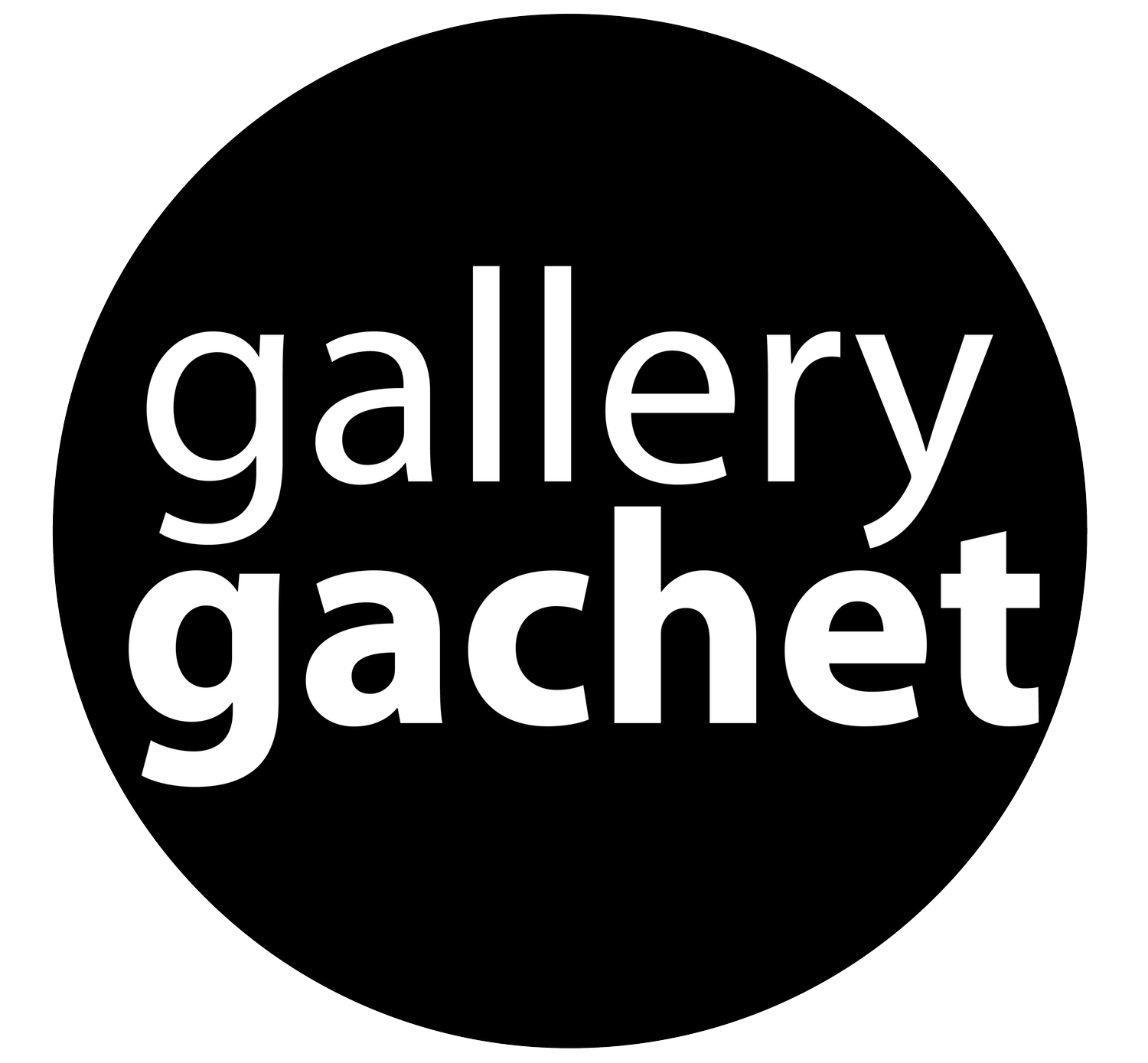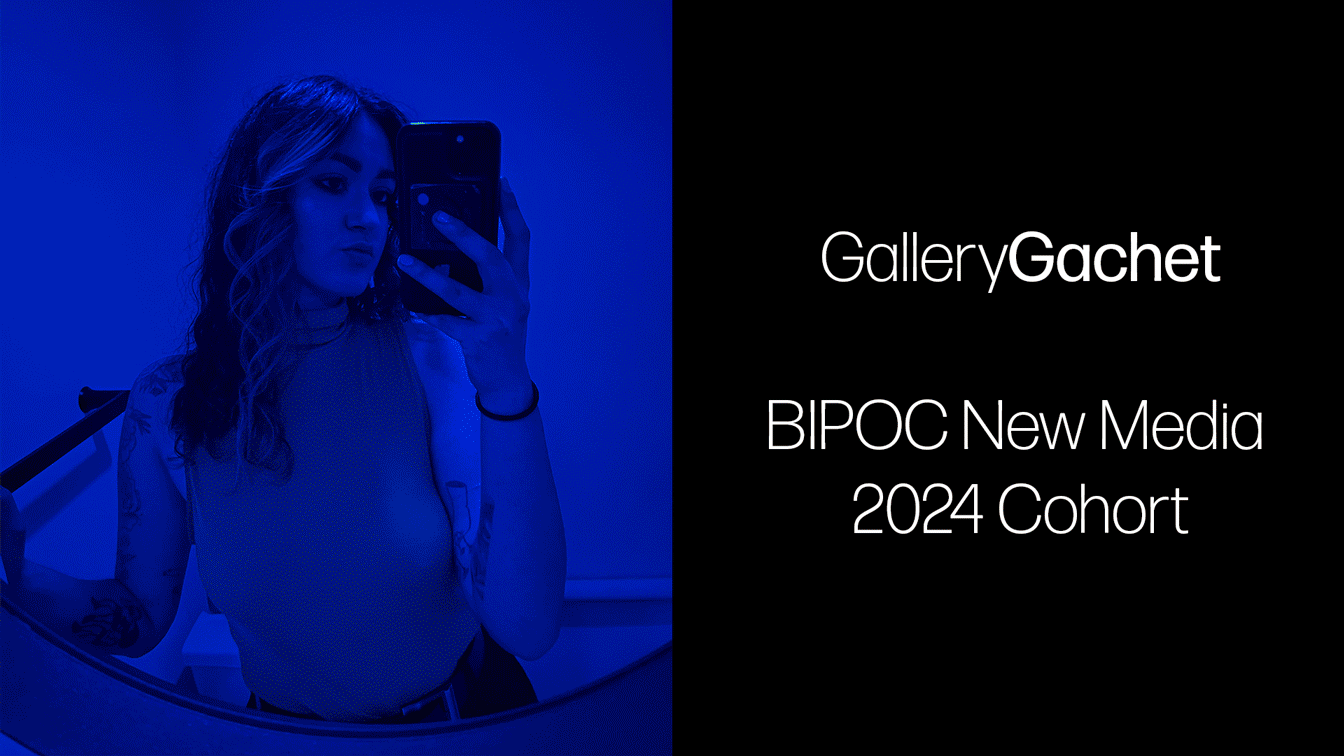To Map Alongside Belonging: Kaila Bhullar, Monica Cheema, Ogheneofegor Obuwoma, and Luis Andrés Serrano
Screening at VIFF with XINEMA on June 9, 7:30pm and on the community screen at Gallery Gachet, 9 W Hastings St., this summer beginning June 10, 2024
Tickets to the VIFF screening with XINEMA are available here.
To Map Alongside Belonging is a film programme developed by a cohort of emerging BIPOC filmmakers whose work will launch Gallery Gachet’s community screen. For 8 months filmmakers, Kaila Bhullar, Monica Cheema, Ogheneofegor Obuwoma, and Luis Andrés Serrano have united in collective imagining to engage in an exploration of new approaches to cinema and construct films that respond to Gallery Gachets positionality within the Downtown Eastside and the filmmakers inquiries on the where the personal intersects with the communal.
Our title To Map Alongside Belonging speaks to an impulse to remember the rich enactments of resistance, engagement and survival that are charted onto spaces, bodies and community. It speculates on the question: how does memory position itself? Each film maps a web of connections that utilizes the moving image to manifest and record memory through experimentations in digital, analogue, mixed media and documentarian practices.
The films in this programme are embodied conscious vessels that respond, manipulate and contribute to an ever growing archive of intergenerational and diasporic stories, histories and knowledge. They attend to the absences in western archival imaginings and demand alternative modes of seeing, witnessing and contributing to a non linear archive. How could cinema offer new entry points into the archive; how does one lead an investigation into the logic of memory, spanning both individual and collective landscapes, and explore its reaches onto bodies, place and space?
Sophia Santos-English
Gallery Associate/ Curatorial Assistant
Olumoroti Soji-George
Executive Director/Curator
Homebody
Luis Andrés Serrano (Canada, 2024), 9 min
Assuming the role of a disembodied scientist, the filmmaker playfully interacts with fragments of a house as its own being. Showcasing the home in Petri dishes, Homebody documents breaking down and growing elements of a contained domestic space.
geographies of longing
Ogheneofegor Obuwoma (Canada, 2024), 6 min
An exploration of body mapping as a way of traversing borders and experiences to exist in multiple places at once. geographies of longing archives the filmmaker’s homes and life across continents, acting as a portrait and as an invitation to navigate alongside.
Birth, Death + Entertainment
Kaila Bhullar (Canada, 2024), 6 min
An audiovisual collage incorporating recorded and found footage, altered super 8 film, still images, and digital manipulations. Birth, Death + Entertainment explores the intersectionality of a queer and neurodivergent identity and its subsequent correlations to existential dread.
Let Us Try Again (Ao Phir Koshish Kariye)
Monica Cheema (Canada, 2024), 6 min
A rumination on the personal and colonial histories embedded within landscapes. Let Us Try Again (Ao Phir Koshish Kariye) is a curious attempt to begin tracing family histories in relation to railway work, offering a window into personal and collective grief, loss, and memory.
Kaila Bhullar (She/They) is an experimental filmmaker + multimedia artist based in the stolen territories of the xʷməθkwəy̓əm, Skwxwú7mesh, and Səl̓ílwətaʔ/Selilwitulh tribes. Largely informed by digitally-based forms, Bhullar uses art-making as an introspective tool that explores various internal dispositions concerning identity and perception. As a queer and mixed human, they are interested in analyzing cultural binaries and norms, alongside complexities that exist within the self. These inquiries often manifest as collages of varying forms, video or audiovisual works, and multimedia installations. Some of Bhullar’s recent exhibition history includes The James Black Gallery (2023), XINEMA (2023), Audain Gallery (2023), Massy Arts Gallery (2022), and UNIT/PITT (2022). They also have upcoming residencies with Lobe Studio and the Contemporary Art Gallery in 2024, and hold a BFA from SFU’s School for the Contemporary Arts.
Luis Andrés Serrano is an interdisciplinary latino artist residing in Surrey, BC. Luis predominantly works through the context of memory, play, textures and systems. He employs multiple mediums including video, sound, programming and performance in his work. His current obsession lies in mapping, revisiting, and re-contextualizing his memory and the surrounding memories that overlap with his own. Luis’ visually gravitates towards layered and semi-distinguishable figures in his works in order to create both a familiar recollection of the original material and to capture how memory is not completely perfect in its recreations of an owner's life. His work has been screened at XINEMA and exhibited at ECUAD, and he often performs at local venues. His latest works have been shown at the James Black Gallery in a group exhibition called Please Hold- during a Pod Residency held there.
Monica Cheema (she/her) is a filmmaker raised on the lands of the Katzie, Semiahmoo and Kwantlen Nations. She works at the intersection of cultural research, harm reduction, community organizing, and arts education. Her most recent short film is an experimental portrait of Paldi, a historic mill settlement often described as a ghost town on the East Coast of Vancouver Island, now home to a rich community archive housing stories about labor, loss, discrimination, cultural memory, and resilience. Monica is most excited by new media works that transgress traditional film genre conventions, threading fiction and non-fiction to create something new and surreal in the process. She is incredibly grateful to be currently participating in & supported by DOXA's Kris Anderson Connexions mentorship, VIFF's Catalyst program, and Gallery Gachet's BIPOC New Media Screen cohort.
Ogheneofegor Obuwoma (She/They) is a Nigerian storyteller and writer with a BFA in film and communications from Simon Fraser University. A key question in their practice is, “What does it mean to be a body in relationship to this world and time? ”. Fegor’s work emerges from an investigation of the dynamic, nuanced, and ever-changing state of contemporary Nigerian society, people, and culture. Her artistic practice is influenced by African futurism and a visual language born of cultural and lived experiences. They constantly explore the interrelations between cultural production and rituals while grounding their practice in traditions of care and re-imagination.

